Early Career Scientist Spotlight
Dr. Ashley Greeley
Magnetospheric Physicist
Heliospheric Physics Laboratory
What is your research focus?
I study particles trapped in the magnetic fields surrounding Earth (broadly speaking, its magnetosphere) through data analysis and building small satellites called CubeSats. I enjoy being able to do both – I find coding rewarding and love figuring out ways to make data tell a story, but sometimes I like to get away from the computer and work with my hands. On the data analysis side, I am studying pitch angle changes of relativistic electrons. The pitch angle is the angle that the electron’s velocity vector makes with a magnetic field line. As magnetic fields compress or electrodynamic waves interact with particles trapped in these fields, the electron pitch angles can change. I am learning about how they change and the physical processes that affect them. I have found that after a large disturbance in Earth’s magnetosphere, called a geomagnetic storm, the pitch angle of high energy multi-MeV electrons tends to be most clustered around 90 degrees, which is a perpendicular velocity vector. Then, over the course of several days, the pitch angle distributions flatten dramatically. I am now studying these changes on much smaller timescales to study the mechanics of wave-particle interactions.
I am also working on several CubeSats using silicon solid state detectors to observe electrons and ions. The MERiT (Miniaturized ElectRon proton Telescope) on HERMES (Heliophysics Environmental and Radiation Measurement Experiment Suite) is a part of the lunar gateway and will study solar wind transport and magnetotail characteristics. AGILE (Advanced enerGetic Ion eLectron tElescope) is a new innovative space instrument that uses fast digital signal processing to more accurately distinguish between ions in real time. Both of these experiments require a lot of testing detectors in the lab and running simulations so that we are confident in the observations.
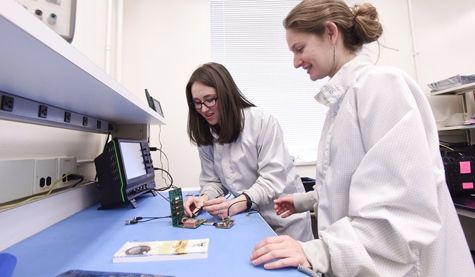
Credit: Dana Rene Bowler
Did you always know that you wanted to be a magnetospheric physicist?
I did not. In high school I took a few semesters of physics and found it interesting. There was something about the challenge and the puzzle of it that intrigued me, but finding my specific research field was a bit of trial and error. When I applied for a NASA internship, I submitted for anything that looked interesting. I was very lucky to enjoy studying Earth’s magnetosphere.
What is one of your favorite moments in your career so far?
After I finished my internship, I knew that I wanted to keep doing research at NASA, and I started thinking about the ways that I could stay. Without knowing my plans, my then-advisor Dr. Shrikanth Kanekal told me he was impressed with my work and asked if I wanted to stay on as a researcher on his project. That moment tied together so much hard work, random circumstances, and dreams. I remember calling my mom almost breathless in excitement. I still smile thinking about that.
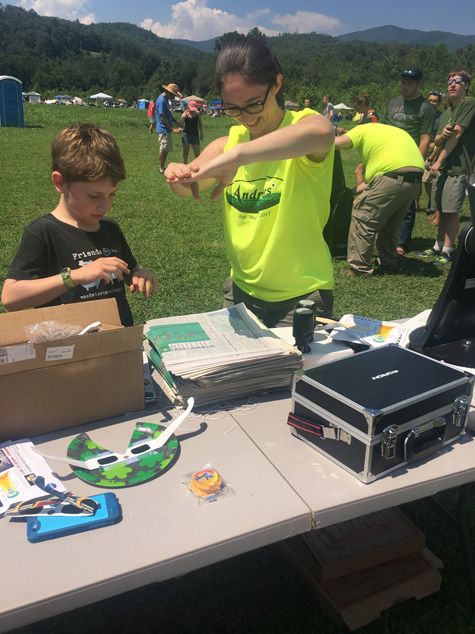
Credit: Ashley Greeley
What aspect of your work excites you the most?
I love that part of our goal as research scientists is to discover new things. Some people like to explore the physical unknown in distant continents, but I love the feeling of exploring the universe from my computer. The job is always changing, and I don’t feel stuck on one particular question. Additionally, I really love when I’ve been processing data and making plots, and suddenly it pulls together and something interesting takes form.
What early career advice do you have for those looking to do what you do?
Be stubborn, both in pursuing research and finding the right opportunity. I honestly believe the most important characteristic of a scientist is stubbornly trucking along no matter what (followed closely by the ability to change their mind when confronted with new evidence). Don’t think you have to be a genius to excel in research - the ability to stick with it is more important. Grad school often felt like a marathon rather than a sprint, but I’m grateful I didn’t give up on it. Additionally, there will always be people who will say you won’t succeed, and I say that from experience. Remember that one ‘yes’ cancels out ten ‘no’s’ when it comes to finding opportunities, and try not to be discouraged along the way.
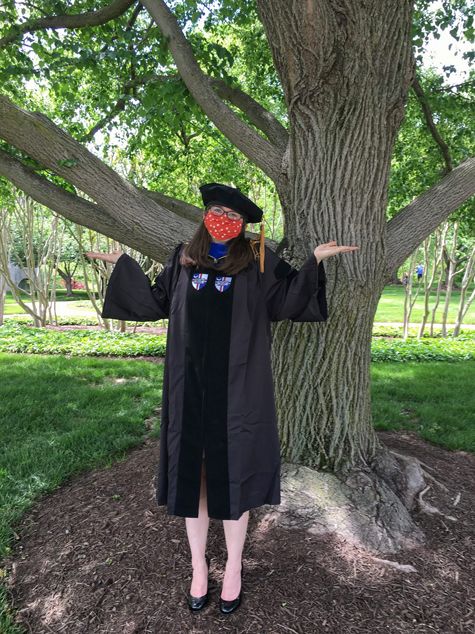
Credit: Ashley Greeley
How did you end up working at NASA Goddard?
My path to NASA was roundabout. After undergrad, I had a hard time finding a STEM job in my town. At that point, I wasn’t even sure if physics was right for me. Maybe I wanted to work in a forensics lab… or open a bakery… or…. something. I worked in psychiatry running clinical trials for fibromyalgia and addiction studies for a bit. While it was interesting, the fit wasn’t quite right. I applied to NASA’s internship program to give physics one last chance. Thankfully, the fit there was right, and I found a project that captured my interest. Next year, I’ll have been at Goddard for ten years.
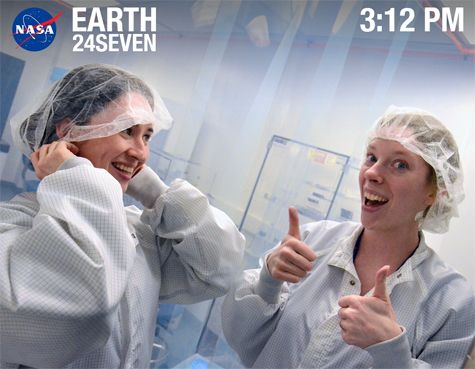
Credit: Rebecca Roth
What is a fun fact about you?
People are often surprised to find out that in addition to my undergraduate physics degree, I minored in theater studies. When I was young, I thought I was going to have to choose between science and art. While it’s true that my day job tends towards one of those, I have found that not only is there space for both in my life, but that many scientists are also deeply creative and have artistic outlets. (See the heliophysics team’s recently released sea shanty!) I’m a part of Goddard’s theater group MAD, and have performed in Beauty and the Beast as Babette, Sherlock Holmes: The Strange Case of Miss Alice Faulkner as Alice Faulkner, and Lady Windermere’s Fan as Lady Windermere.
Biography
Home Town:
Durham, North Carolina
Undergraduate Degree:
B.S. in Physics, Duke University, Durham, North Carolina
Post-graduate Degrees:
Ph.D in Physics, The Catholic University of America, Washington, DC
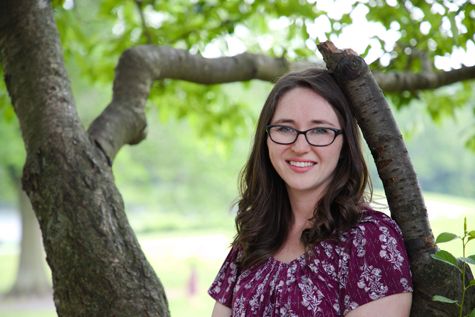
Link to Dr. Greeley's GSFC Bio
